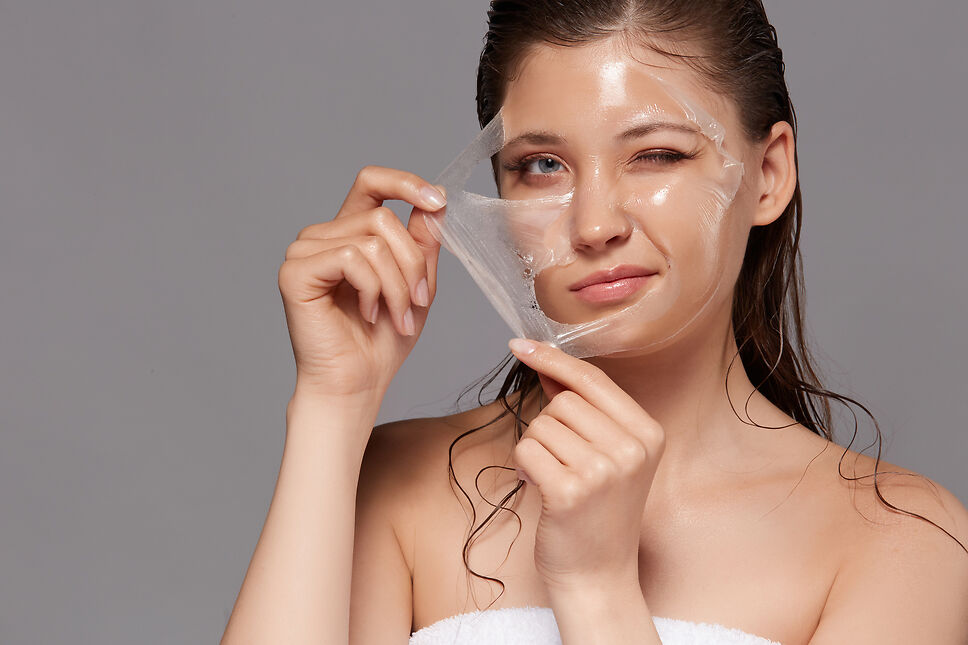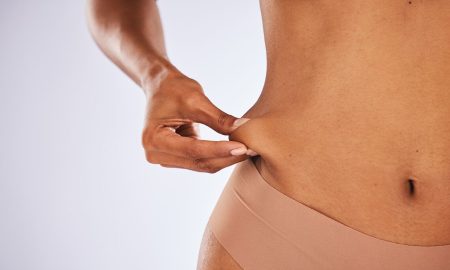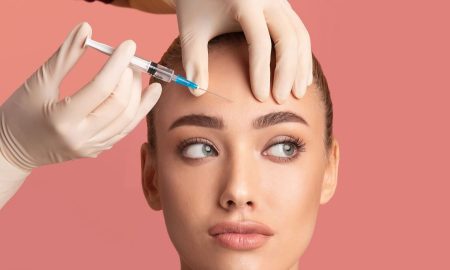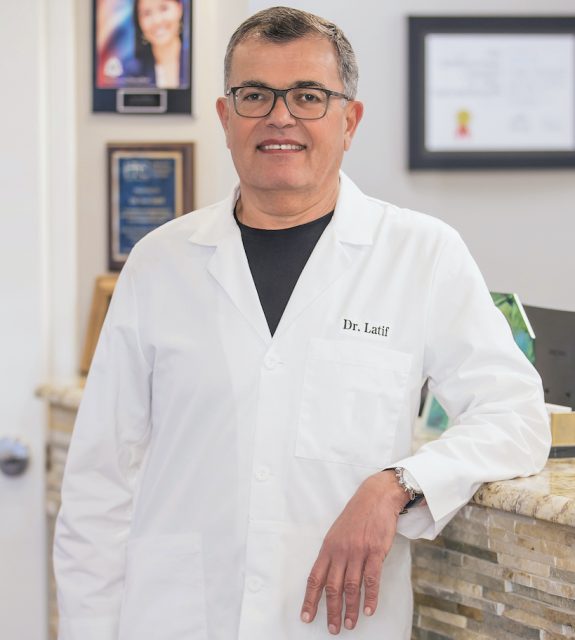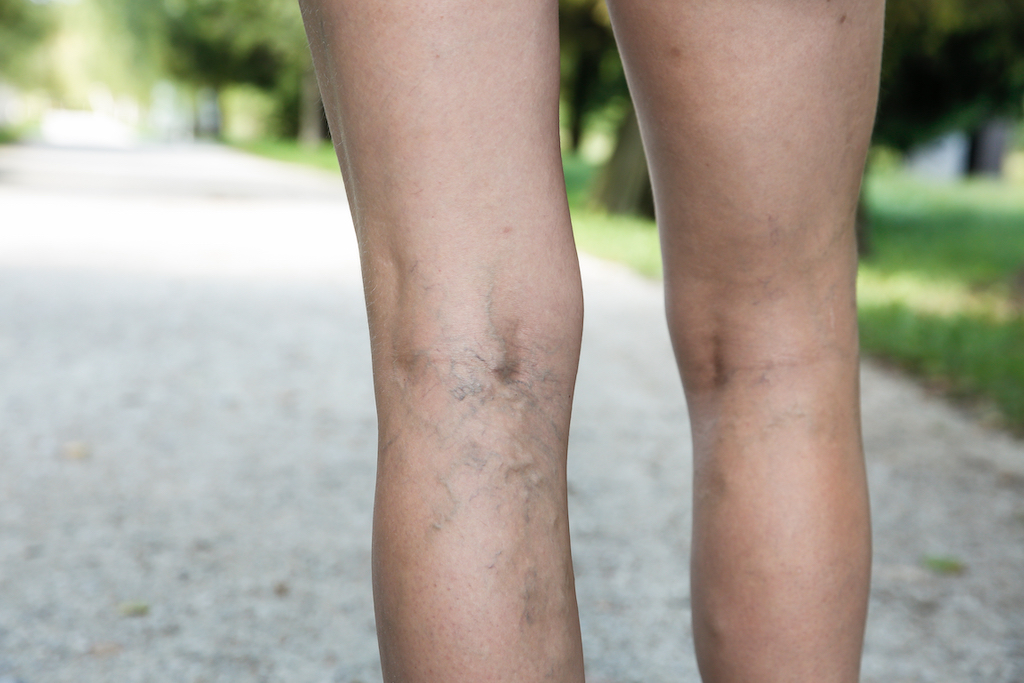 Photo Credit: Shutterstock
Photo Credit: Shutterstock
Varicose veins are swollen, twisted, or enlarged veins that are typically in the legs. Often people with varicose veins, whether visible or not can experience heaviness, aching and pain in their legs. This can lead to leg swelling, skin changes in the ankles, venous eczema, darkening of the skin in the ankles, and more varicose veins. These veins are generally not dangerous but gradually over time, they can worsen which will eventually lead to skin ulcerations, bleeding varicose veins, permanent discoloration, or scarring of the skin in the lower legs.
To prevent these more permanent changes and to help with the pain, aching, and swelling Haute Beauty expert, Dr. Susan B. Fox closes the veins using Endovenous laser ablation or radiofrequency ablation.
How do varicose veins form?
Varicose veins form when the valves in the veins are not working correctly. Usually, people inherit their vein problems from their parents or relatives. However, professions where you are standing for long periods, multiple pregnancies, large weight gain, or injuries can also cause varicose veins.
When the valves in the veins are not working correctly, instead of all the blood going back to the heart some starts to drip down the leg and pool in the ankles. This causes the pressure inside the veins to increase and varices can form. Over time, this leads to aching, pain, heaviness, and swelling.
How does Endovenous Laser Ablation work?
Endovenous laser ablation is when a laser is placed inside a problematic vein under ultrasound guidance and the vein is closed-down and sealed shut. The procedure is performed in a matter of minutes, under local anesthetic, usually in a physician’s office like Fox Vein & Laser Experts. There is minimal to no downtime associated with it.
Usually, the procedure can be performed without making any cuts or incisions. The patient is placed in a compression hose and advised to walk and stay active post-procedure. We recommend a follow-up appointment after one week.
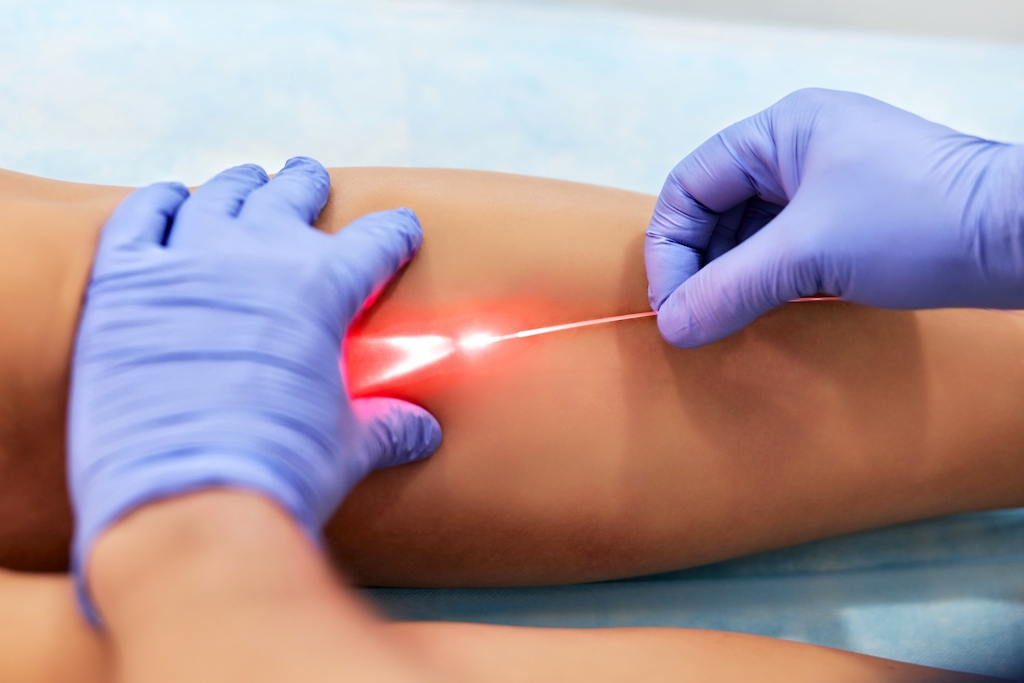 Photo Credit: Shutterstock
Photo Credit: Shutterstock
How does Radiofrequency Ablation work?
Radiofrequency ablation is the same type of procedure but uses a Radiofrequency catheter in place of a laser. Both procedures are used to heat the vein lining of a malfunctioning vein and seal it shut so blood moves to better veins that are working correctly. There is minimal to no downtime with these procedures and the majority of the patients leave the office and immediately go back to work.
We ask patients to wear compression hoses for a few weeks and to keep their legs moving. This turns off the faucet causing the symptoms and varices. However, often patients need other treatments like sclerotherapy or ambulatory phlebectomy to remove the other unsightly veins.
Who’s a good candidate for Endovenous Laser Ablation?
Good candidates for these procedures are people that are healthy, ambulatory, do not have a peripheral arterial disease, and do not have a history of blood clots or clotting disorders. We do not treat people while pregnant or for a few months post-partum. We recommend pumping and dumping if you are breastfeeding or waiting until breastfeeding is finished. If a patient has severe lung disease they are also not a candidate.
To find out if you are a candidate for Endovenous laser ablation or radiofrequency ablation, book an appointment with Dr. Susan Fox today.
For more information, visit Dr. Brian A. Levine's social media:





